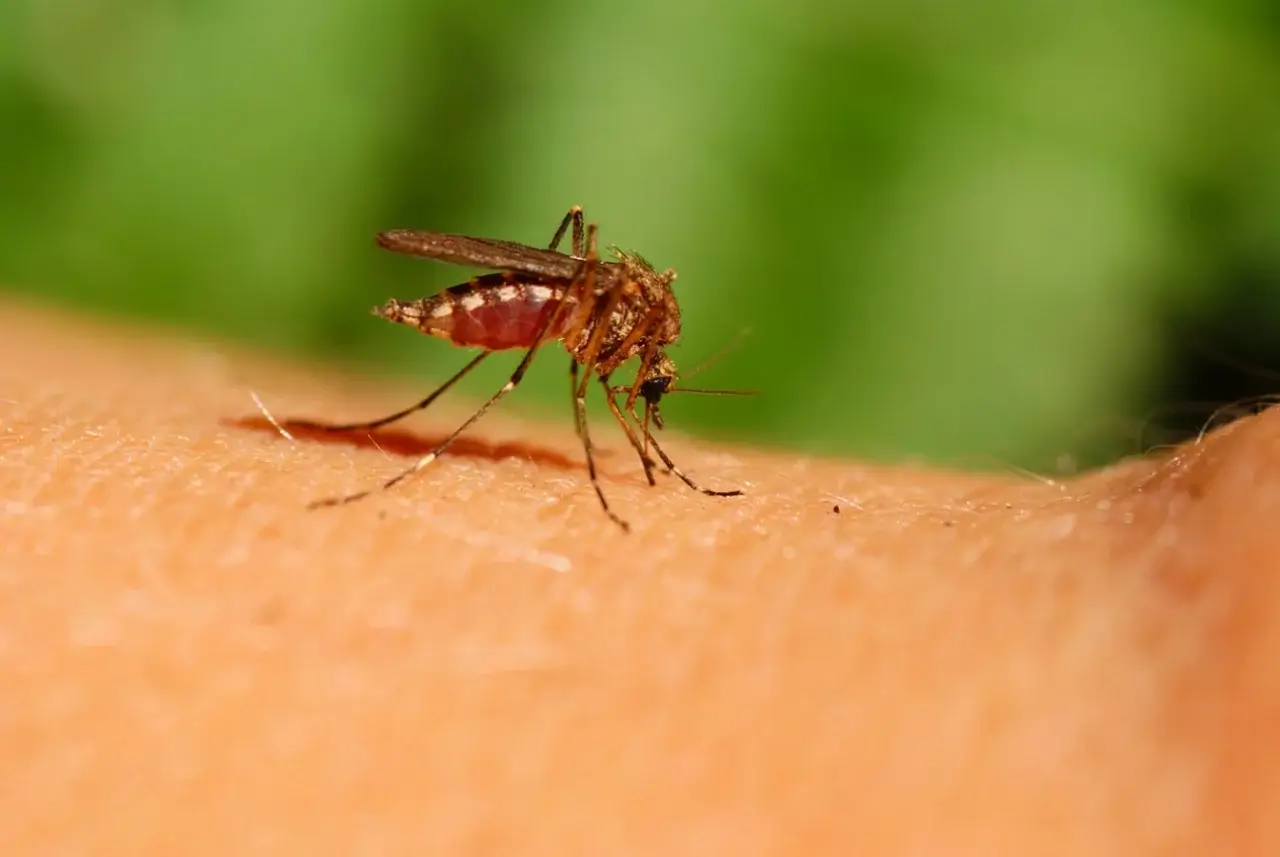
A situation causing serious concern in the field of healthcare is being observed across Europe. The European Union’s health authorities announced that during this summer, the number of people infected with West Nile virus and chikungunya virus reached record levels, marking the highest figures in the past three years. This was officially reported by the European Centre for Disease Prevention and Control (ECDC), according to report.az.
According to the data, 27 cases of chikungunya virus infection and 335 cases linked to West Nile virus were recorded. These figures show that the issue has taken on a very serious dimension in Europe.
ECDC Director Pamela Rendi-Wagner stated: “Europe is entering a new stage. Mosquito-borne diseases are spreading further, faster, and for longer periods. This may well become the new normal.”
Experts warn that due to climate change, the mosquito season across the continent is becoming significantly longer and more intense. Rising temperatures, milder winters, and changing rainfall patterns are creating ideal conditions for mosquitoes to reproduce and for viruses to spread rapidly.
According to ECDC, the Asian tiger mosquito, a carrier of chikungunya fever, has now been identified in 16 countries and 369 regions of Europe. Ten years ago, this number was only 114 regions. West Nile virus, meanwhile, continues to be recorded each year in new areas.
In 2025, the virus spread to Romania’s Sălaj county as well as the Italian provinces of Latina and Frosinone. Reports state that at least 10 people in these regions have died as a result of the infection.
Experts emphasize that mosquito-borne diseases could become endemic in Europe. This poses a significant threat not only to healthcare systems but also to the overall quality of life of the continent’s population.
Read “Zamin” on Telegram!Users of Меҳмон are not allowed to comment this publication.













